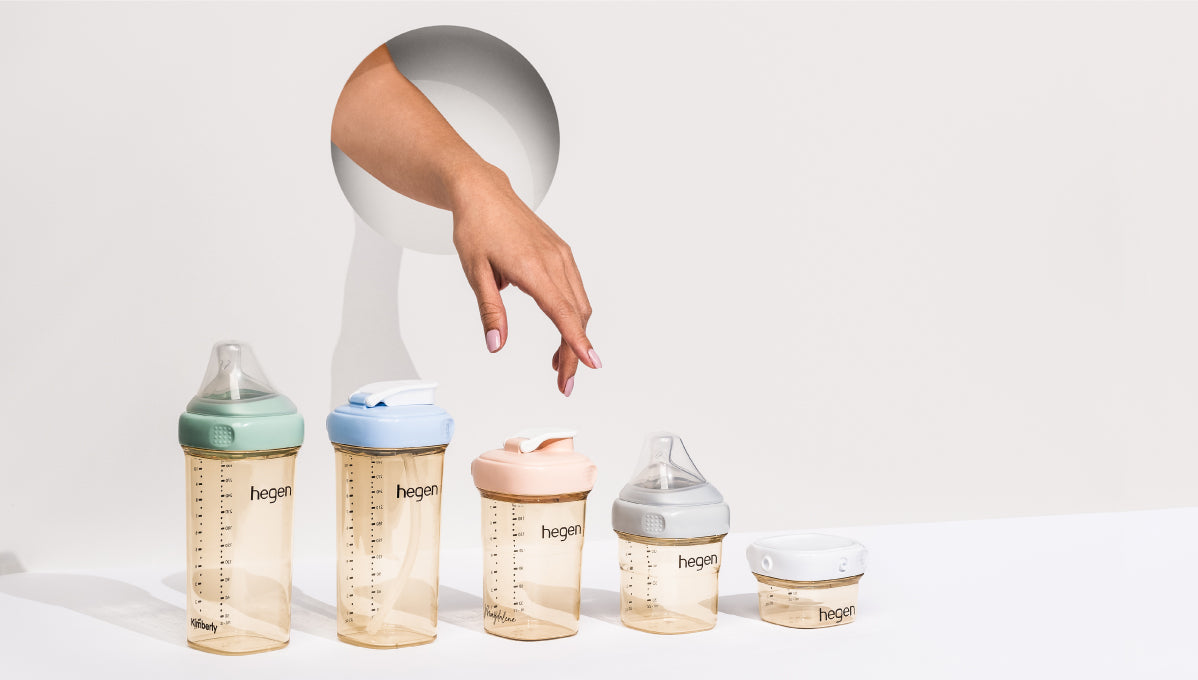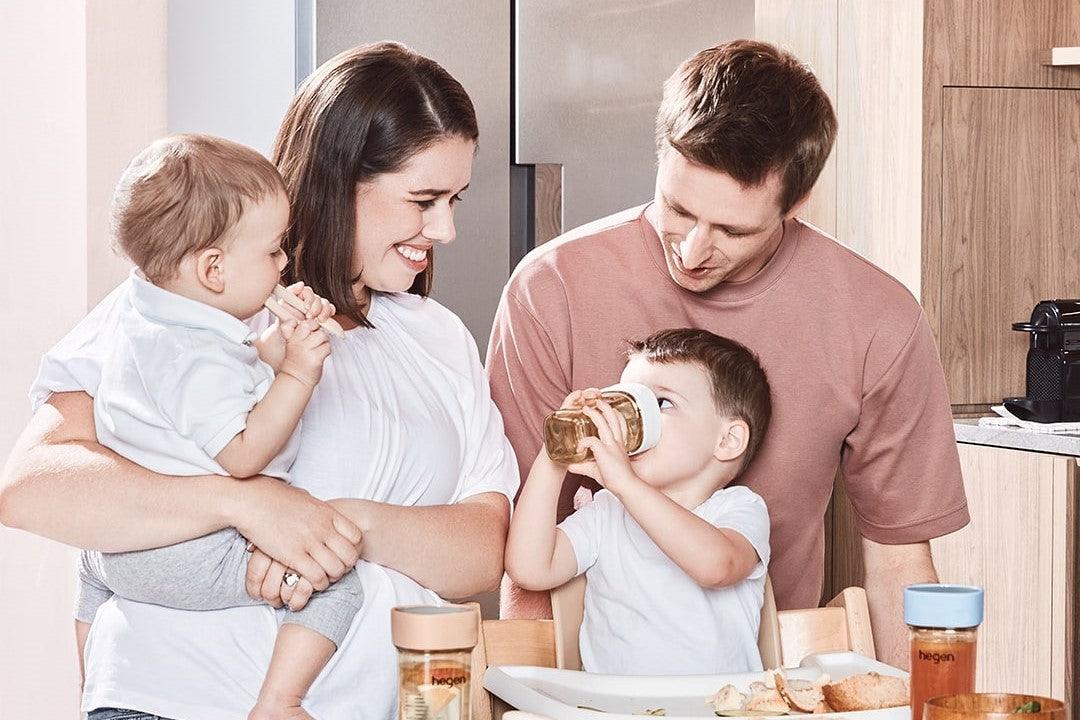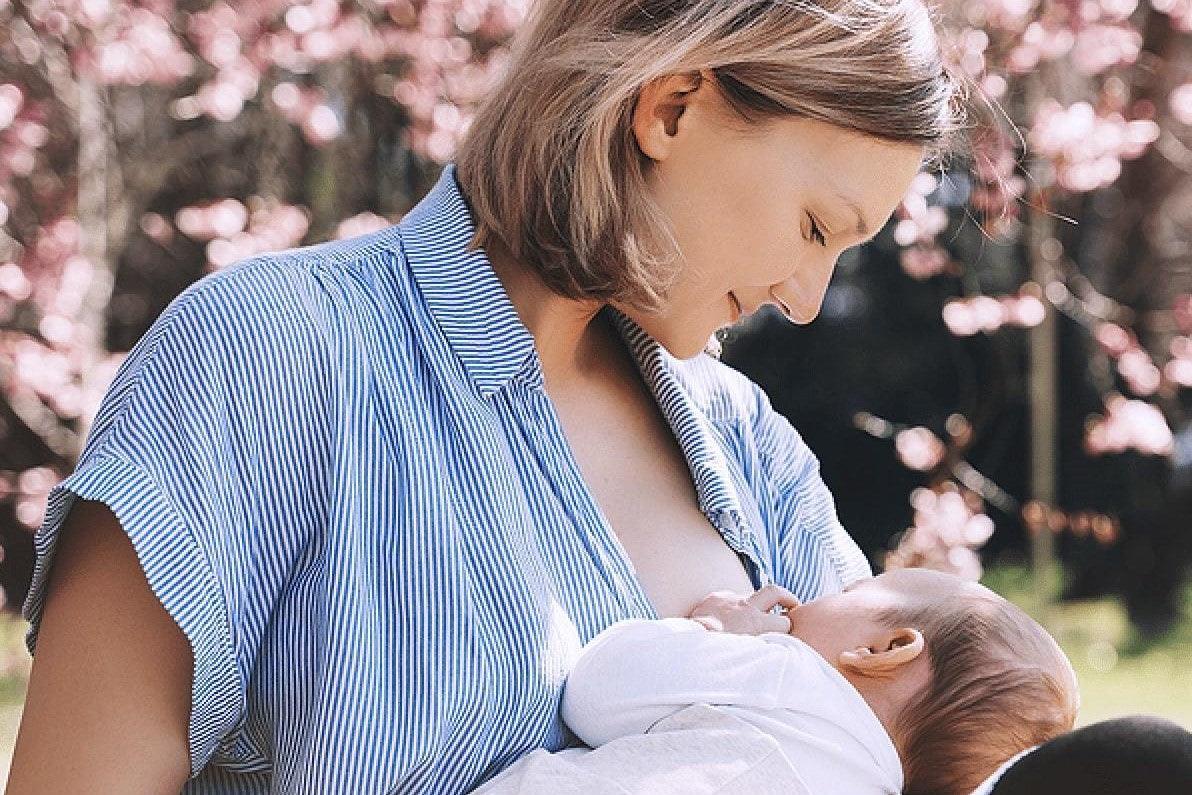Breastfeeding your newborn is a fulfilling yet oftentimes tiring journey, but help and support from your spouse and family members go a long way in cheering mummy on. To take some weight off your shoulders, you can consider pumping out your breast milk so other caregivers can help to bottle feeding the baby while you get some much needed rest. However, one of the main concerns with introducing a bottle is nipple confusion where the baby might prefer the faster flow of the bottle teat and reject drinking from mummy’s breast. To prevent this, mothers can consider employing paced bottle feeding to combine bottle feeding with direct latching.
What Is Paced Bottle Feeding?
Paced bottle feeding is a feeding technique where the milk flow from the bottle is controlled by the baby such that the pace resembles that of drinking directly from the breast. It allows the baby to drink at a slow and consistent pace which prevents overdrinking, tummy upset, and spit-ups.
Control is essential for paced bottle feeding as you limit the amount of milk at the bottle's teat. Parents who like to combine bottle feeding and latching would prefer using this bottle feeding method as their newborn would be less likely to develop a flow preference. Flow preference is when your baby likes to drink quickly from the bottle, leading to them rejecting a slower flow from mummy’s breasts.
How to Properly Pace Bottle Feed Your Newborn Baby?
It is good to keep in mind that you should use a feeding bottle with an extra slow or slow flow teat to best mimic breastfeeding. When your newborn shows signs of hunger, ensure that you hold him in an upright position with his head supported instead of lying flat.
- Start by lightly placing the empty teat against your baby’s lips until he opens his mouth and is ready to feed.
- Check that his mouth is latched deeply on the teat.
- Next, you can tip the bottle slightly to fill the bottle’s nipple for him to drink and swallow.
- Once you have allowed your child to feed continuously for about 20 to 30 seconds, tip the bottle back to pause the milk flow and allow your baby to breathe.
- When you feel your baby start to suck on the bottle again, tip the bottle to fill the teat in the same way as before.
- Repeat these steps until your baby shows signs of being full like closing his mouth, turning away from the bottle teat, or no longer sucking on it after you pause.
- Remember that babies do not always have to finish the bottle at every feeding and you should follow your baby’s cues.
Mistakes to Avoid with Paced Bottle Feeding
- Not switching sides occasionally – not doing this during feedings may cause your baby to develop a preference for one side while you nurse him, making it hard for you when you want to breastfeed on a different side. With each feed, try to alternate sides so it does not occur.
- Forgetting to take breaks between sucks – forgetting to pause at intervals would not give your baby a chance to breathe, making it more likely for spit-ups to happen. Even if you feel him tugging at the bottle as you try to pull away, gently remove the teat from your child’s mouth for a breather.
How Long Should Paced Bottle Feeding Take?
When it comes to paced bottle feeding, the duration of any single feed should typically be between 15 to 30 minutes for newborn babies. During this time, your baby should have regular breaks from drinking milk so they have the opportunity to take a breather and come back ready for more. It's important not to rush them as it may result in them taking too much too quickly or even losing interest altogether.
It's also essential that you don't pressure your baby into finishing their entire bottle; instead you should aim for them to consume around 80% of the contents before ending a feed session. If they still seem hungry afterwards, you can then offer your baby more milk, but keep the same pace throughout each feed session rather than allowing long gaps in between feeds so as to prevent difficulties with digestion and upset stomachs later on.
Ultimately, when paced bottle feeding, you should always try and mimic what breastfeeding would look like by offering smaller amounts at one time with frequent pauses throughout each session. This will help ensure that your newborn is getting all the nourishment they need while learning how to self-regulate their hunger cues.
What Do You Need for Paced Bottle Feeding?
One of the first and most important things you will need for paced bottle feeding is a safe and reliable milk storage option. It's important that these containers are BPA-free with tight lids so that no contaminants can get into the milk.
It is also recommended that parents speak with a lactation consultant before getting started on paced bottle feeding. A lactation consultant can provide personalised advice on how to successfully introduce bottle feeding with pace into your newborn's routine. They will also be able to answer any questions or concerns you may have about this method of feeding your baby and make sure all safety guidelines are followed correctly.
In addition, parents who plan to take up paced bottle feeding should purchase a newborn starter set which typically includes bottles and teats that are specifically designed for infants aged up to six months old. This set will help ensure that your baby has the right sized bottles and teats suited for their age group, leading to more successful feedings as they transition away from breastfeeding or formula feeding as they grow older.
Promote Healthy Development with Paced Bottle Feeding

Paced bottle feeding is a great way to feed your baby healthily without them overeating. You will be able to have more peaceful feeding times with less crying and stomach aches as you take it slow and steady. You will also be able to combine bottle feeding expressed breast milk with direct latching seamlessly.
If you’re looking for a milk feeding bottle in Singapore, look no further. Our Hegen PCTOTM 60ml/oz feeding bottle comes with an extra slow flow teat to mimic a breastfeeding pace closely, allowing your newborn to learn the skills of suckling. Furthermore, our patented no screw thread closure, Press-To-Close Twist-To-OpenTM (PCTOTM) innovation, allows the feeding teat to be pressed on and twisted off conveniently with zero spillage. Switch it out to a storage container or pump into it directly by changing it into a storage lid or flange so you can express, store and feed all in a single bottle.
Find out more about our line of baby products and purchase your own Hegen feeding bottle for your newborn on our website today.





